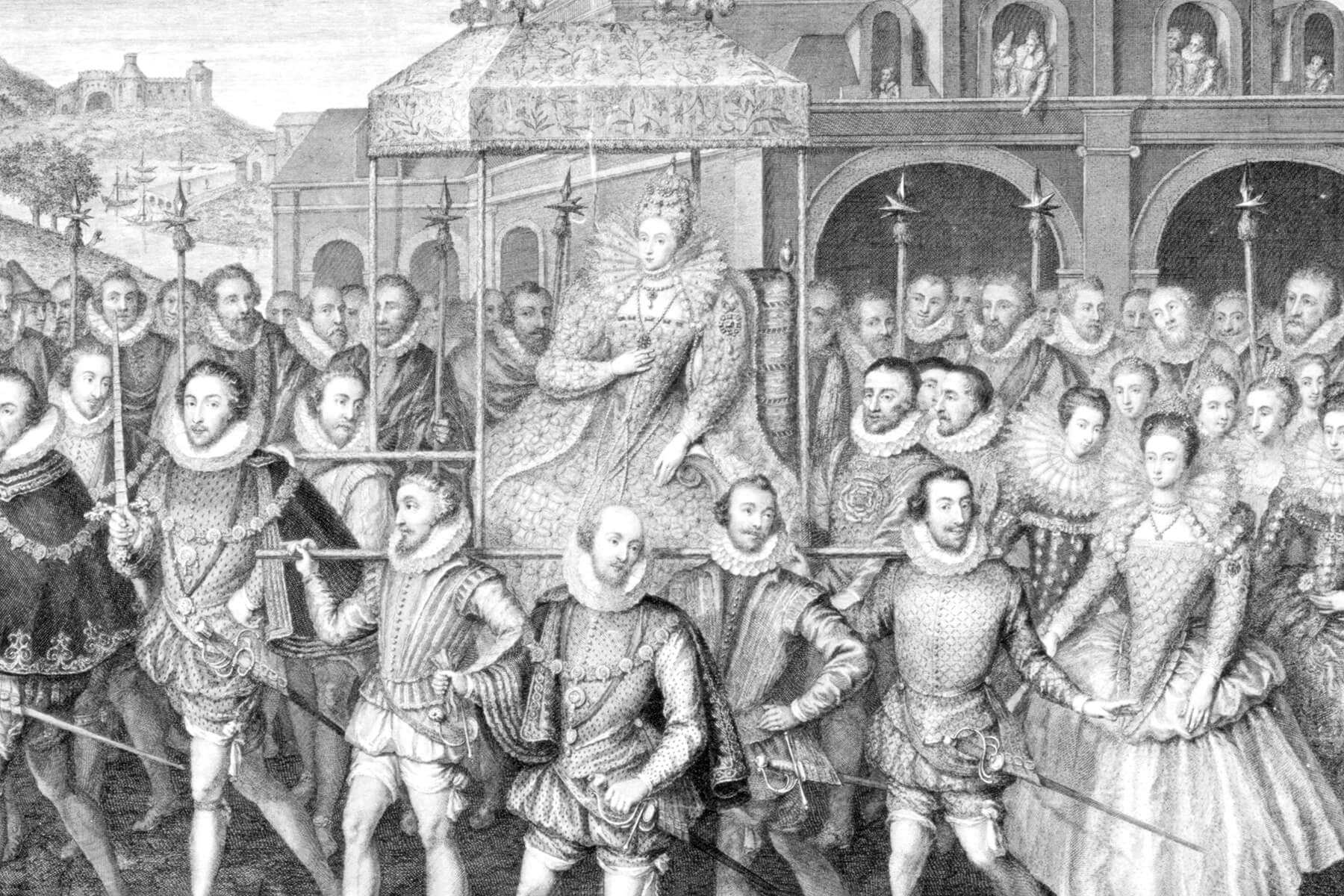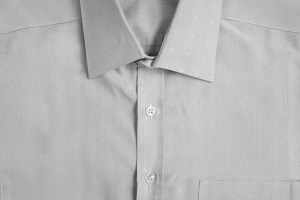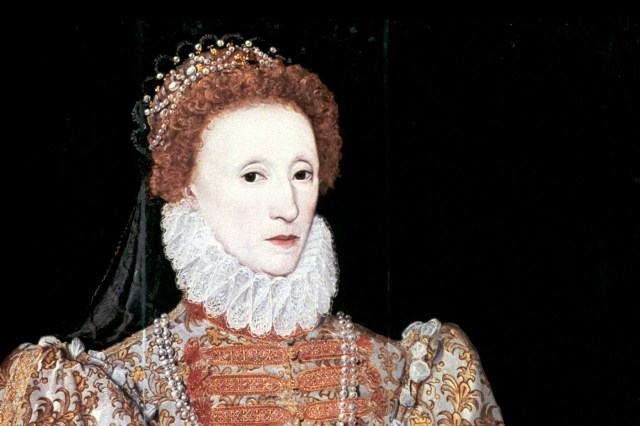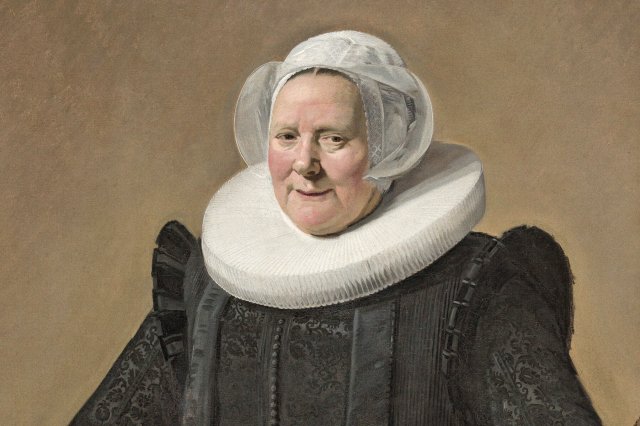Why Did People Wear Ruff Collars in Elizabethan Times?
The ruff collar is one of the most recognizable symbols of Elizabethan fashion. Picture Queen Elizabeth I, her head surrounded by a crisp, fanlike collar, or William Shakespeare, the most famous author of the time, whose own likeness and theatrical productions depict the prominent garment. Though the collar began as a modest ruffle on a shirt, it went on to become an elaborate piece of its own. In 16th-century England, it would have been hard to miss the sight of these towering, fluted sculptures circling the faces of the English elite. But why did people wear these stiff, awkward garments?

Like many sartorial choices of the time, ruff collars signified more than just taste; they were statements of status, wealth, and power. In the first half of the 1500s, English men exposed just a hint of a collar of their shirt, ruffled up from underneath their doublets. By the mid-1500s, however, Spanish fashion began to infiltrate England, and the exaggerated collar worn by Spain’s aristocracy was adopted by the English as well.


















